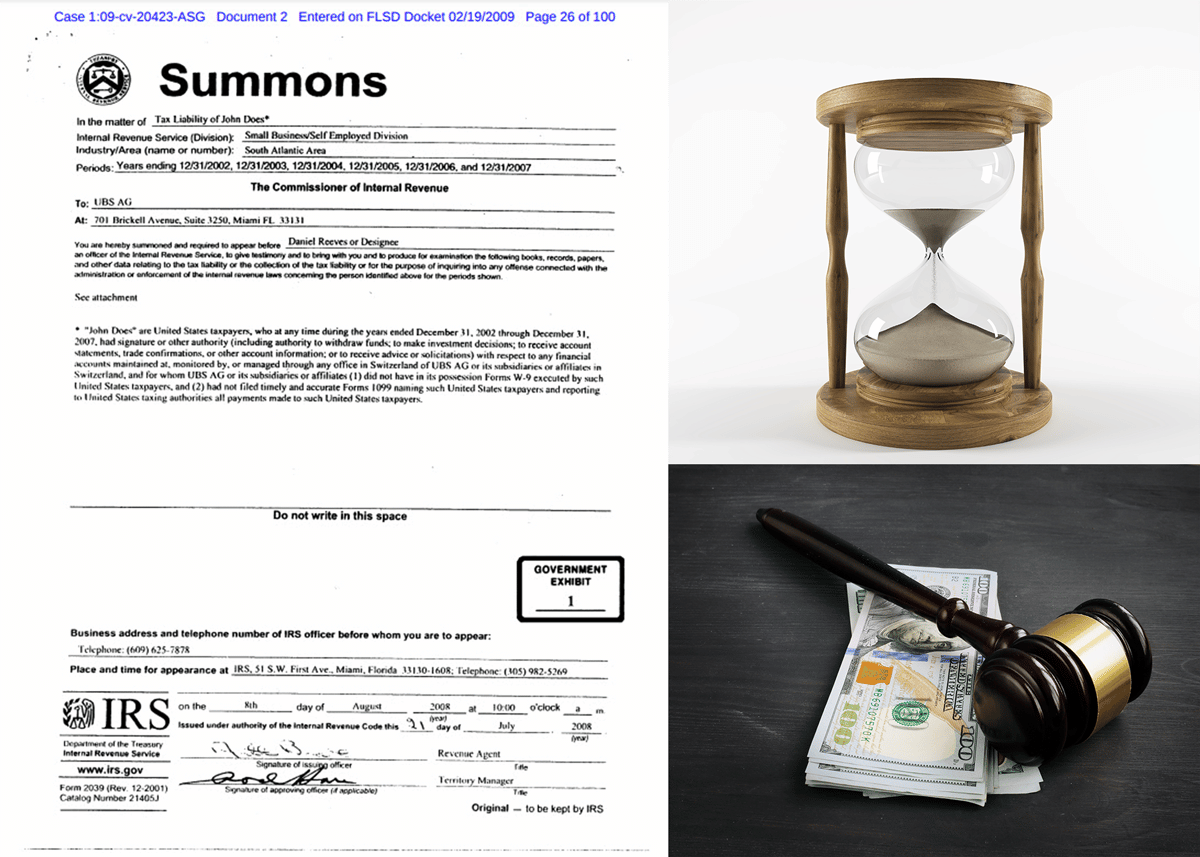Prohibited Transaction With IRA Unintentionally Saves Taxpayer from Large Tax Bill
The issue before the court was whether the taxpayer received a taxable, deemed distribution in 2014 from an account that was treated and consistently reported by the Taxpayer as an IRA even though the account entered into a number of prohibited transactions beginning in 2011. In a designated order on January 31, 2019 , Judge Thornton granted the taxpayer’ motion for summary judgment that the IRA ceased to be a qualified account in 2011 (a closed tax year) and that subsequent deemed distributions in 2014 were not taxable distributions. See Docket No. 000584-18 , Michael Deluca & Elizabeth Deluca v. C.I.R. (Jan. 31, 2019)(link).
History of IRA Account and Loans
Taxpayer opened a traditional individual retirement account (“IRA”) in 2006 and then converted the account to a Roth IRA in January 2010. In 2011, the taxpayer began to borrow money from the IRA. From 2012 through 2016, the IRA made additional loans to the taxpayer and from time to time the taxpayer repaid those loans with interest. By spring 2016 the loans were repaid in full.
Treatment on Return and IRS Deficiency
For federal income tax purposes, the taxpayer treated the IRA as an existing IRA and the taxpayer did not disclose the loans. In 2017, the IRS examined the taxpayer’s 2014 tax return and determined that the taxpayer had deemed distributions of approximately $200,000 due to the fact that the loans were prohibited transactions under § 4975(c)(1)(B). The taxpayer claimed that this was an innocent mistake.
Taxpayer’s Argument In Tax Court
In Tax Court, the taxpayer changed his position and argued that the first prohibited transaction in 2011 led to the account to cease to be an IRA in 2011.
Section 408(e)(2)(A), which provides:
If, during any taxable year of the individual for whose benefit any individual retirement account is established, that individual…engages in any transaction prohibited by section 4975 with respect to such account, such account ceases to be an individual retirement account as of the first day of such taxable year.
Under the taxpayer’s argument, the taxpayer’s account ceased to be an IRA in 2011 and therefore the 2014 loans were not taxable deemed distributions nor could there have been a deemed distribution from the account ceasing to be a IRA in 2014. Had the IRS timely examined the taxpayers’ 2011 return, the full account value less any investment in the contract (i.e., basis) would have been a taxable deemed distribution.[1]
Unfortunately for the IRS, the 2011 tax year was closed. Therefore, the IRS was forced to get creative.
Duty of Consistency Did Not Apply
IRS counsel argued that, under the duty of consistency, the taxpayer had treated the account as an IRA for all tax years and therefore should be barred from arguing that the account was not an IRA in 2014.
Generally, the duty of consistency has the following elements:
(1) A representation or report by the taxpayer;
(2) on which the Commission[er] has relied; and
(3) an attempt by the taxpayer after the statute of limitations has run to change the previous representation or to recharacterize the situation in such a way as to harm the Commissioner.
If this test is met, the Commissioner may act as if the previous representation, on which he relied, continued to be true, even if it is not. The taxpayer is estopped to assert the contrary.
Estate of Ashman v. Commissioner, 231 F.3d 541, 545 (9th Cir. 2000). (Link)
Under the IRS’s argument, the Taxpayers should be required to treat the account as an IRA for purposes of determining the tax consequences of loans in 2014. Therefore, if the duty of consistency applied, the taxpayers would be required to treat the account as an IRA and the 2014 loans would be a taxable deemed distribution.
Judge Thornton held that the duty of consistency did not apply. As the judge explained, the duty of consistency prevents taxpayers from making inconsistent factual representations. Judge Thornton noted that the taxpayer had consistently treated the account as an IRA and the distributions from the IRAs as loans, which the taxpayer paid back with interest. In this case, the taxpayers were arguing about the correction application of the law, specifically IRC § 408(e)(2)(A).
Judicial Doctrine Cannot Displace Statutory Rules of § 408
Judge Thornton also noted that ” the judicially crafted doctrine of the duty of consistency cannot displace the detailed statutory rules governing the tax treatment of IRAs.” Judge Thornton held that the 2011 loans were prohibited transactions, the account ceased to be an IRA on the first day of 2011, and the IRA was treated as distributing all its assets on that same day. Therefore, the 2014 transactions were not taxable because the account already ceased to be an IRA in 2011.
Notes:
[1] There is no mention in the order of the additional tax for early distribution. § 72(t)(1). If the taxpayer had not reached 59.5 in 2014, then full account value would have been subject to the 10% additional tax.

Justin Hughes, JD, CPA, LL.M.
Justin Hughes focuses on resolving federal and state tax disputes for individuals and businesses. He has represented clients before the IRS and state taxing authorities at all stages, including audits, administrative appeals, litigation, and collections. As both an attorney and a CPA, he combines legal insight with accounting experience to help resolve tax problems for clients.






